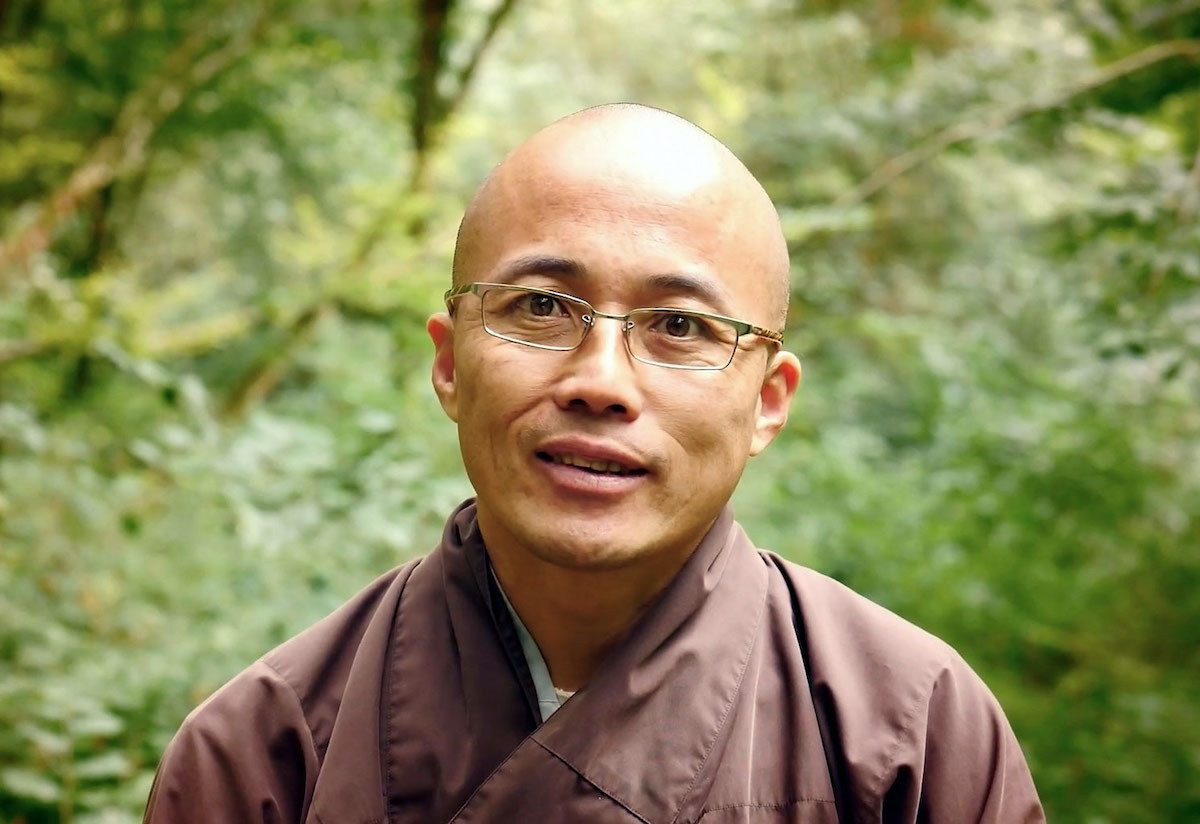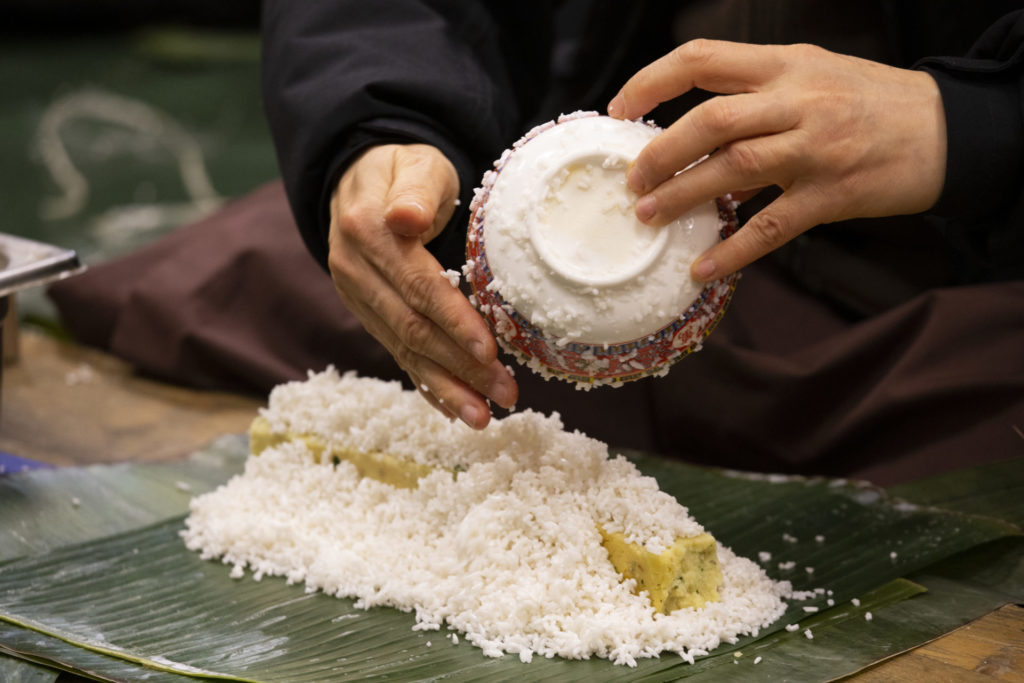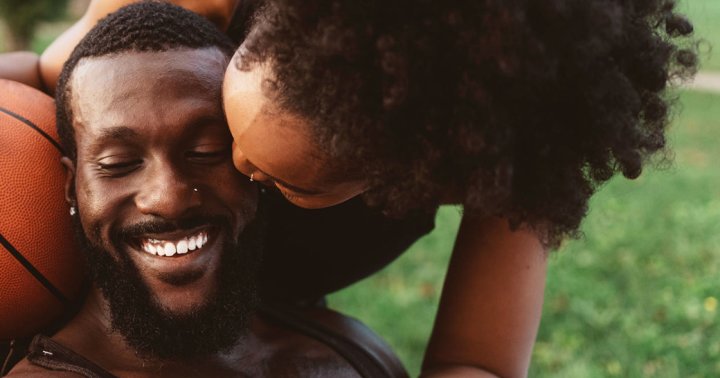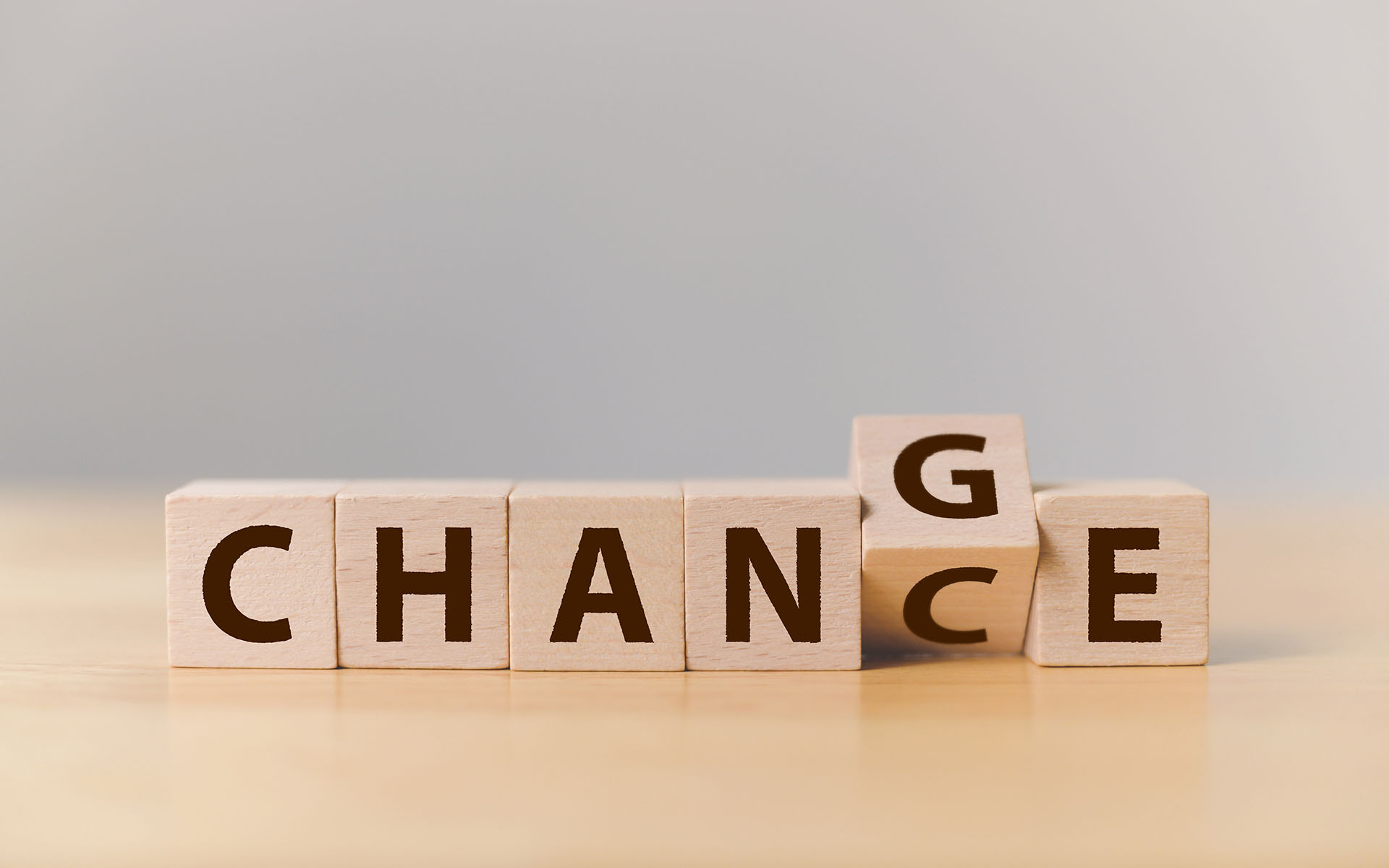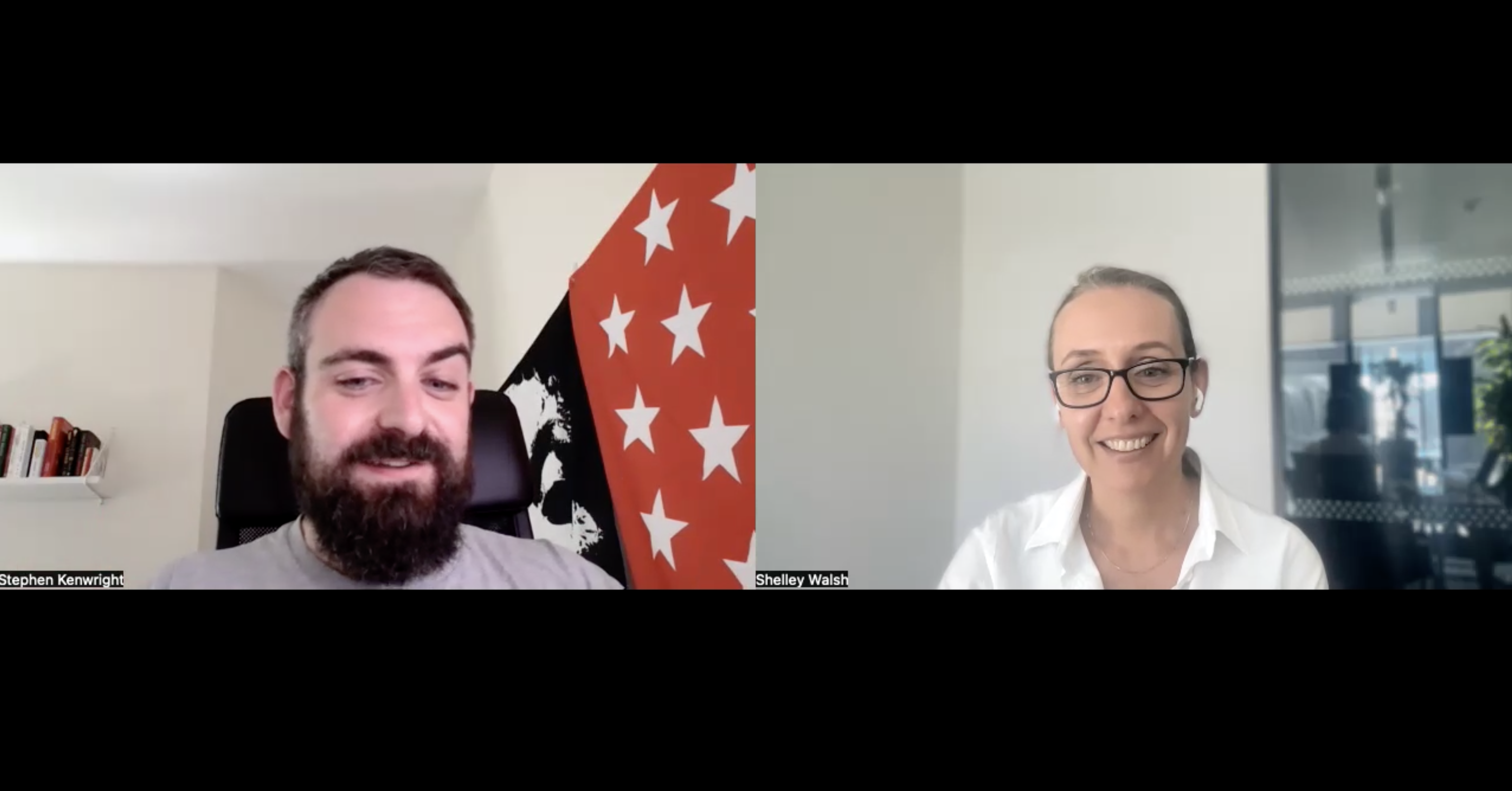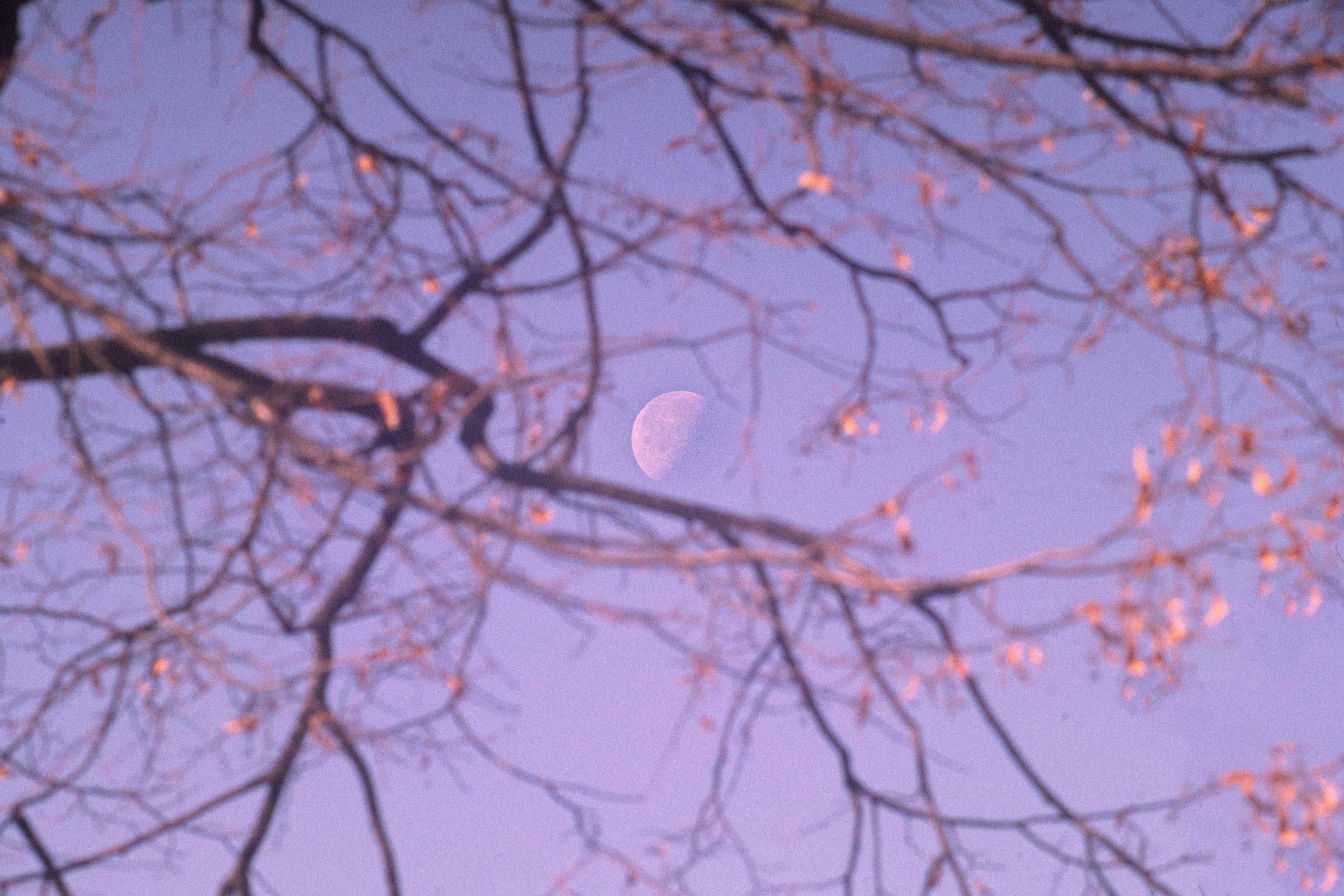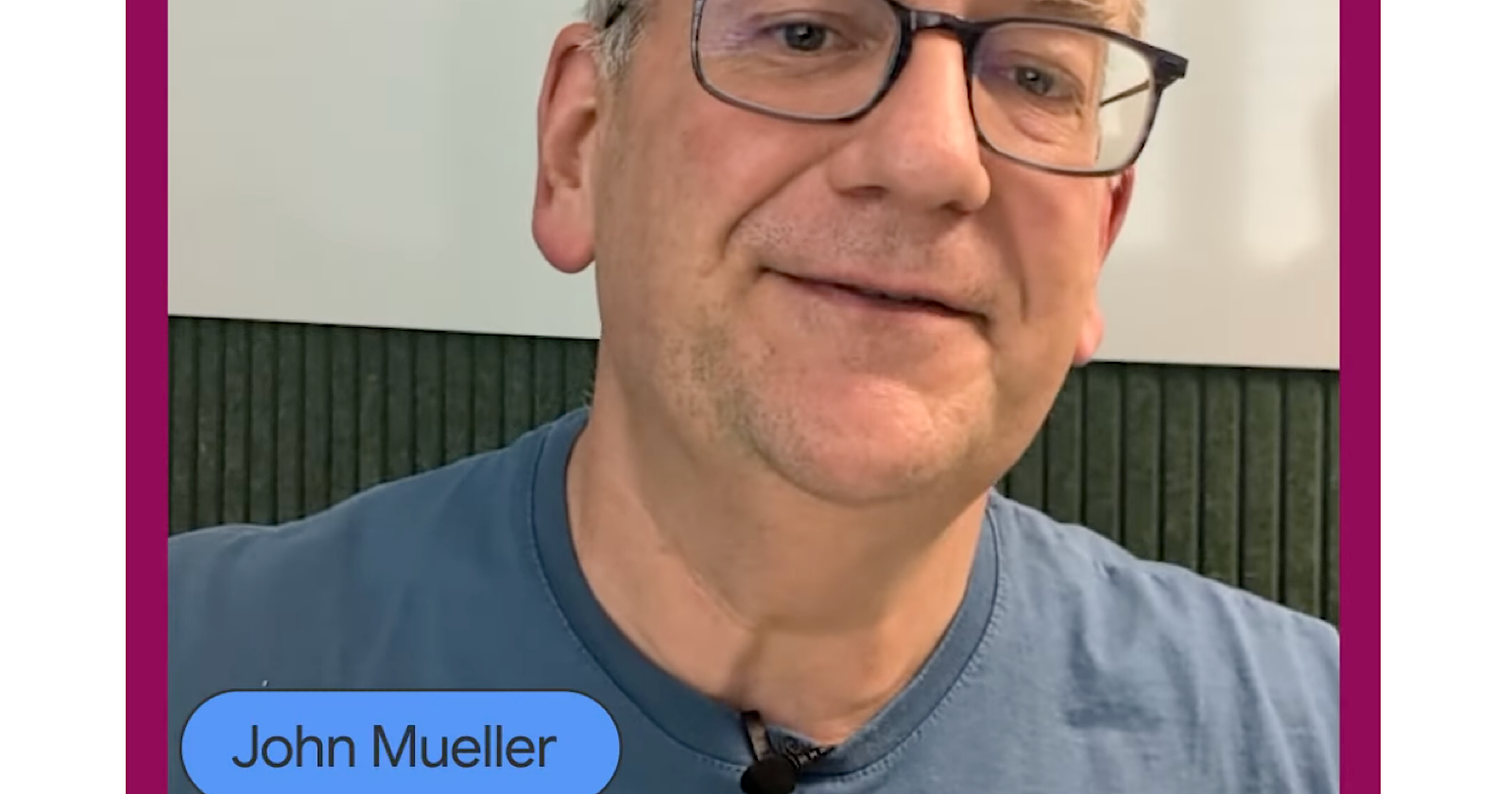What's The Deal With All These At-Home Sunscreen UV Cameras?
Are they worth the hype?
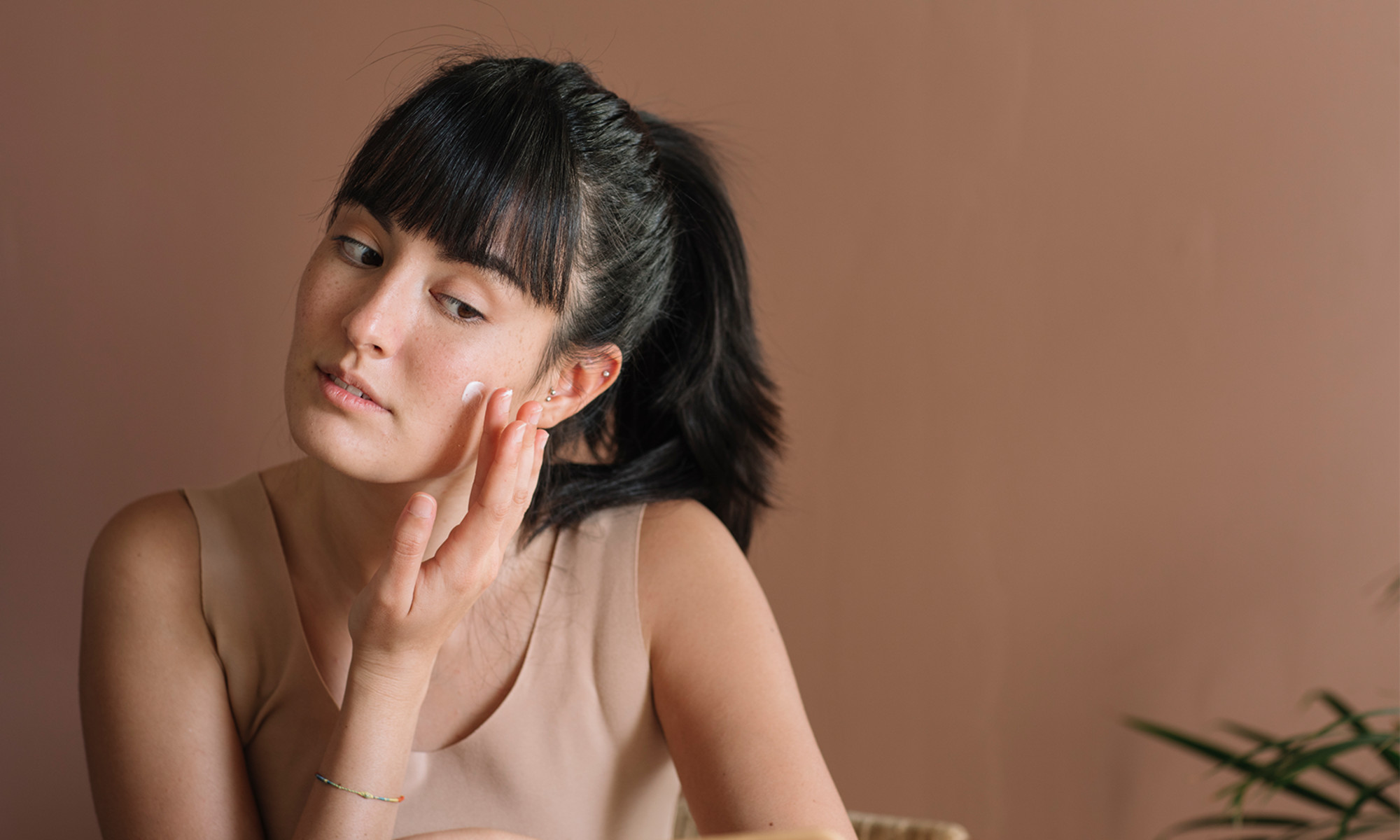
Image by Alberto Bogo / Stocksy July 7, 2023 Our editors have independently chosen the products listed on this page. If you purchase something mentioned in this article, we may Sun damage is sneaky. Sure, you can have an itchy, tender, or fire engine red sunburn that practically shouts its arrival, but most of the damage happens underneath the surface—until it eventually manifests as sunspots, fine lines, and sagging, crepey skin. But what if there was a way to identify the damage before it makes its unwelcome appearance? And what if that same way could help you protect your skin from future havoc? 
Advertisement
This ad is displayed using third party content and we do not control its accessibility features.
Some people swear UV cameras provide the exact science in the palm of your hand. Completely transformative or too good to be true? Ahead, we had experts weigh in. How do sunscreen UV cameras work?
Special UV cameras use a filter that captures only the UV light in an image. Since sunscreen effectively protects skin against UV light, the cameras can also identify traces of sunscreen application: Any surface area you cover will appear darker in color (usually a dark blue), while unprotected areas will appear light. Neat, no?
Big, big caveat: Because different types of sunscreens have different mechanisms on the skin, they will show up differently in the UV imaging.
See, chemical sunscreens work by absorbing UV rays, triggering a chemical reaction, which then transforms the UV into heat. “Chemical sunscreens are visualized well on UV cameras,” says board-certified cosmetic and medical dermatologist Blair Murphy-Rose, M.D., FAAD, as the protected areas will appear quite dark on-screen.
Mineral sunscreens, on the other hand, manually block UV rays by creating a barrier on the skin. They do some absorbing like their chemical counterparts, but they also deflect light—that’s why you may notice a light blue or gray color under the UV camera as opposed to a uniform darker hue.
That doesn’t mean the mineral sunscreen is ineffective, contrary to what some users on TikTok seem to believe. Just make sure you know what color to expect from your UV camera before slathering on, and that will help inform your application.
Advertisement
This ad is displayed using third party content and we do not control its accessibility features.
Benefits of UV cameras
Are these nifty gadgets absolutely essential? Not necessarily, but “Someone may want to use a UV camera to ensure that all areas of their skin are properly protected by sunscreen at the time of application,” says board-certified dermatologist Ife J. Rodney, M.D., founder of Eternal Dermatology. “Additionally, individuals may use UV cameras to determine whether or not they need to reapply sunscreen throughout the day.”
You may know to apply .04 ounces or ¼ teaspoon of sunscreen for your entire face, but that can be difficult to visualize in practice. Because really, who measures their sunscreen by the ounce before massaging it into their skin? By using a UV camera, you can easily identify any areas you may have missed—no need to break out the measuring spoon.
Some UV cameras (like the Pavise UV Camera) can also reflect existing photodamage on the skin, like sunspots, that may be invisible to the naked eye. “We have noticed this tool also encourages non-sunscreen wearers to be motivated to wear sunscreen more regularly, now that they can see the sun damage and see that the sunscreen is working,” notes Harvard and MIT scientist Sophie Bai, founder and CEO of Pavise.
How to use one
Specific instructions will ultimately depend on your device, but most commercial UV cameras are quite user-friendly: Simply plug the device into your phone, open up the camera, and voilá! For the purposes of this article, I used the Pavise UV Camera, which is compatible with the iPhone.
After downloading the Pavise app, I connected the camera to my phone and was immediately brought to the camera. (“The app will automatically open every time it is plugged in,” Bai tells me.)
Most of my face reflected a light blue shade, since I typically use mineral formulas, although my ears remained stark white. I hadn’t yet applied SPF to my ears (it’s an oft-overlooked spot), and I was able to see the difference in UV imaging. In short: The camera works!
I’ll say it’s a helpful tool to ensure adequate sunscreen coverage throughout the day; but the camera also helps me make sure I remove all traces of sunscreen before bed. After double cleansing my face, I’ll pop in the UV camera again to make sure I don’t have any lingering darker patches (which signify sunscreen) on my skin. After all, my subsequent serums and face creams won’t penetrate an oily SPF barrier.
Advertisement
This ad is displayed using third party content and we do not control its accessibility features.
Are they worth it?
If you’re wondering whether you applied enough sunscreen, investing in a UV camera can certainly help. “Many use sunscreen regularly but still get sunburn, develop dark spots, [and] experience skin photoaging,” Bai says, mainly due to insufficient amounts of SPF and forgetting to reapply. UV cameras can serve as a visual reminder to cover all your bases, so to speak.
“These cameras may be beneficial as a fun tool to help individuals ensure that they are properly protecting their skin from the sun,” adds Rodney. That being said, you shouldn’t rely on these cameras entirely when it comes to proper sun protection. “Their accuracy and reliability may vary depending on the specific camera and its calibration,” Rodney notes, so you want to make sure you find a high-quality device.
They also aren’t completely foolproof: If it’s been over two hours since you’ve last reapplied, yet your skin still looks protected on camera, you should still go ahead and slather on. Regular sunscreen rules trump the trendy tools.
And if you’re thinking about using a camera to compare two sunscreen formulas side-by-side, think again! “Chemical and mineral sunscreens appear differently under UV light,” says Rodney, and one type isn’t better at protecting your skin than the other. Even mineral sunscreens themselves can show up slightly skewed depending on the emollients or tints in the formula, Bai tells me.
The takeaway
Sunscreen UV cameras can be a helpful tool to ensure proper sunscreen coverage, reapplication, and removal at the end of the day. Most high-quality options are still pretty expensive at this point (I'm talking over $100), but hopefully the technology will become more accessible as it gains traction. Overall, I’d consider it a solid supplement to your SPF—that is, once you understand the nuances.
Advertisement
This ad is displayed using third party content and we do not control its accessibility features.

 MikeTyes
MikeTyes 








